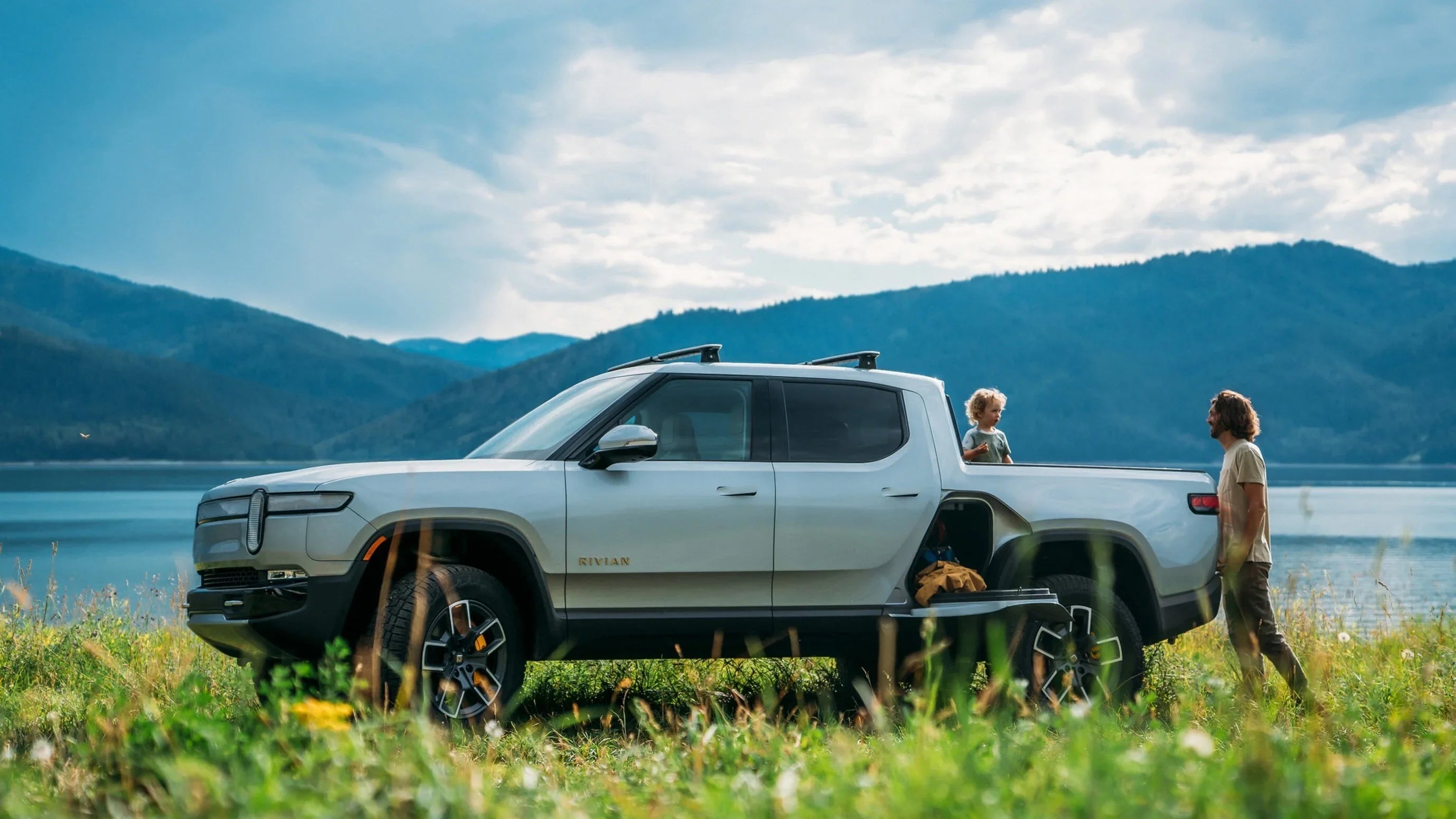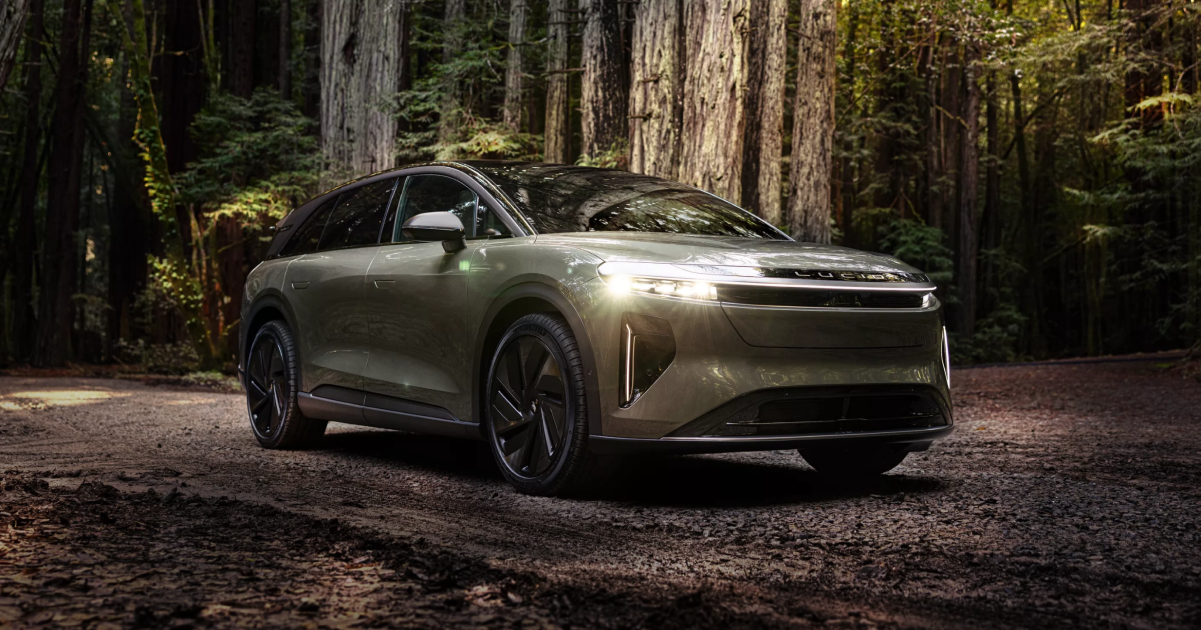A Changing Landscape for Global EV Brands
The term “malaise era” traditionally describes a period in the late 1970s and 1980s when American automakers struggled with design stagnation, poor quality and rapidly shifting regulations. Today, a similar dynamic is unfolding in China’s electric vehicle market. As domestic brands rapidly innovate, many Western manufacturers—including Tesla—are finding their products aging more quickly and struggling to stand out.

The Model Y L: A Larger Variant for China
The Model Y L is a three-row, stretched version of the refreshed Model Y created specifically for Chinese consumers. Designed to appeal to multi-generational households that often depend on a single family vehicle, it appears to be a logical addition to Tesla’s local portfolio. The vehicle is not sold in the United States, and Europe is still a possibility.
However, the Model Y L’s execution raises questions about Tesla’s competitiveness in China, a market where expectations for comfort, space and interior refinement have surged dramatically.
Interior Space and Packaging Limitations
To improve the usability of the third row, Tesla extended the updated Model Y’s overall length by roughly seven inches—two inches added to the wheelbase and about five inches to the rear overhang. Visually, the Model Y L stays close to the standard version, with a longer D-pillar window and extended rear glass serving as the main differences.
Inside, the second-row bench has been replaced by captain’s chairs, providing more legroom and improved access to the back. Headroom and knee room are also better than the previous three-row Model Y offered outside China.
Yet several design compromises remain:
-
The third-row seat cushion sits low, creating a knees-up seating position.
-
The extended rear glass ends directly above the occupants’ heads, reducing comfort on sunny days.
-
The D-pillar still limits side visibility, keeping the third row darker than many rivals.
-
Overall materials remain similar to the standard Model Y, with limited soft-touch surfaces and minimal convenience features.
These choices contrast sharply with the far more luxurious interiors now common among Chinese three-row EVs.
Strong Local Alternatives Raise the Bar
Nearby competitors—including vehicles displayed in the same shopping malls as Tesla showrooms—demonstrate how aggressively Chinese brands are pushing forward. Models such as the Li Auto L8 offer multiple entertainment screens, premium seating, and abundant interior amenities. Likewise, the Nio ES8 targets a near-luxury experience with high-quality materials and upscale design.
These vehicles are not just more feature-rich; they are also priced competitively. As a result, Tesla’s minimalist approach feels increasingly out of step with evolving expectations in China.
Sales Trends Show the Challenge Ahead
While the Model Y remains one of Tesla’s strongest sellers in China, the introduction of the Model Y L does not appear to have significantly accelerated demand. At the same time, new entrants such as the Xiaomi YU7 have quickly climbed the sales charts, recently surpassing the Model Y in monthly deliveries.
The Xiaomi model’s fresher design, richer feature set and more polished interior make it a compelling alternative, especially for younger buyers and tech-forward families.
Even Tesla’s planned rollout of Full Self-Driving in China may not deliver a major competitive edge. Advanced driver-assistance systems offered by Chinese manufacturers are improving rapidly, and many already perform comparably in real-world conditions.

Implications for Tesla’s Position in China
The Model Y L illustrates a broader risk for Tesla: relying too heavily on brand momentum in a market where innovation cycles move quickly. Chinese EV makers no longer win buyers solely with price—they compete with superior interiors, cutting-edge software and thoughtful packaging.
Tesla’s contribution to China’s EV boom remains significant, but the company’s once-dominant position is no longer guaranteed. Without meaningful updates in comfort, design and feature content, the brand risks being surpassed by younger, faster-moving rivals.
Recommend Reading: Tesla Opens Its Largest Solar-Powered Supercharger Site in California







Share:
BMW Reportedly Considering Range-Extending Gas Engines for Large EVs
Lucid Gravity vs. Rivian R1S: A Clear Winner in Real-World Performance